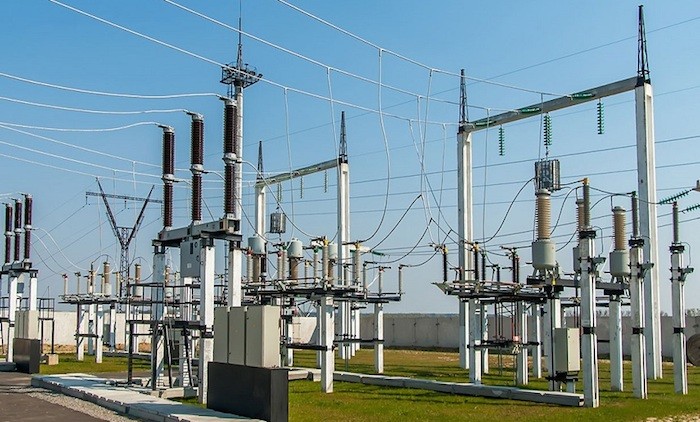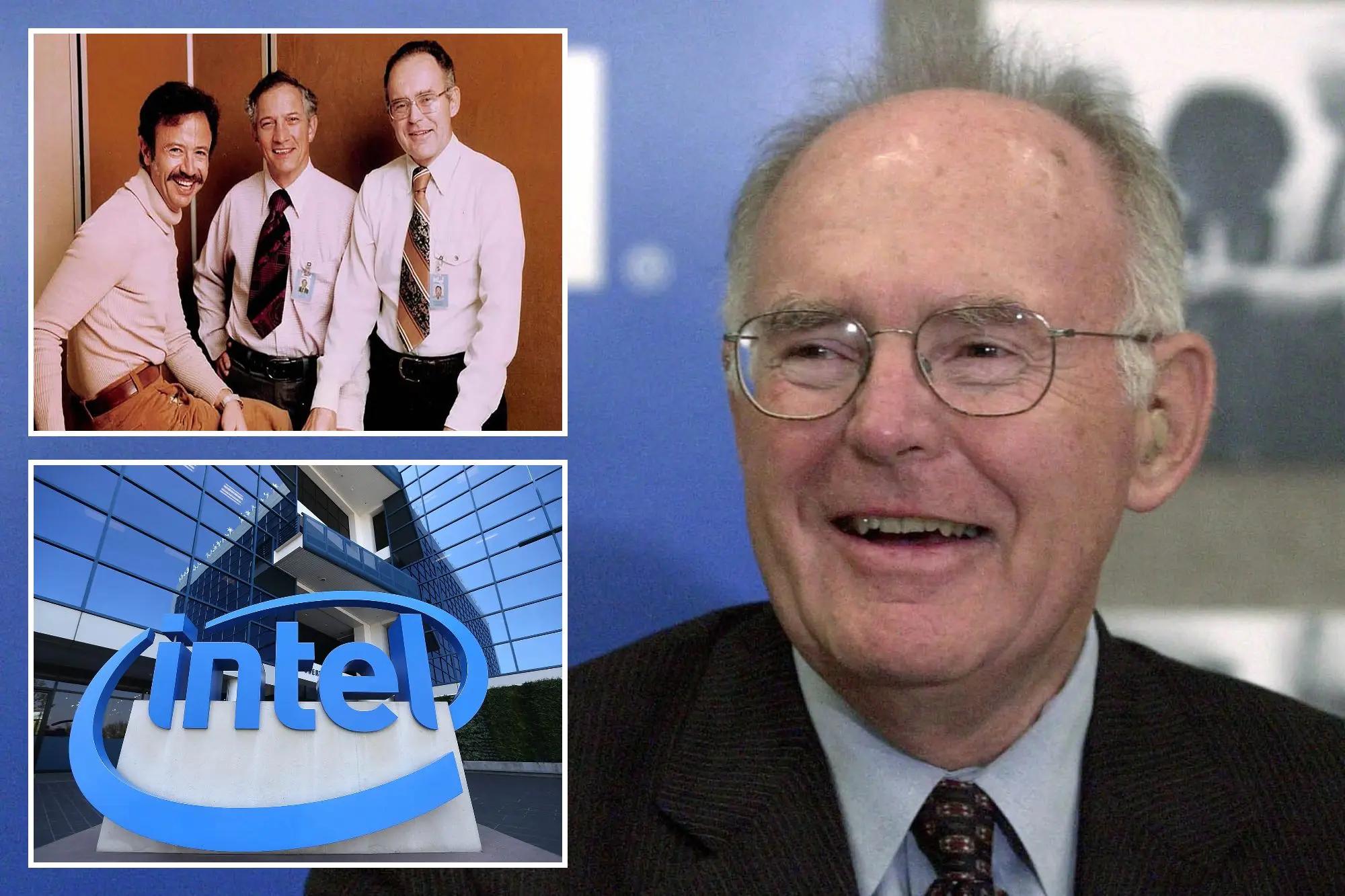The intervention of the Central Bank of Nigeria (CBN) in the electricity sector resulted in the release of N3.01 billion under the Nigerian Electricity Market Stabilization Facility (NEMSF-2) for the capital and operational expenditures of Electricity Distribution Companies (DisCos).
According to the Governor of the Central Bank of Nigeria, Godwin Emefiele, it was designed to improve the liquidity status of the DisCos and aid in the recovery of legacy debt. ‘With this, the total disbursement under the facility now stands at N254.39 billion,’ he added.
The Central Bank of Nigeria (CBN) has, however, disbursed N18.26 billion to the first batch of beneficiaries of the Nigeria Electricity Market Stabilization Facility (N213 billion) (NEMSF).
This group consists of two electricity distribution companies (DISCOs) and three power generation companies (GENCOs).
In December 2014, the Central Bank of Nigeria set up the Nigeria Electricity Market Stabilization Fund (NEMSF) in a bid to solve the liquidity challenges that faced the Nigeria Electricity Supply Industry (NESI).
It aimed to settle the outstanding payment obligations due to market participants, service providers, and gas suppliers under the Interim Rules Period. Its overall objective is to put NESI on the side of economic viability and sustainability.
According to a report obtained by TechEconomy, the CBN NEMSF did not attain the desired objectives for which it was set up, as the liquidity challenges in the electricity market still remain; it has actually gotten worse. It was reported that the current liquidity crisis in the electricity market stood at about N1 trillion as of December 2016.
“A total of N120.2 billion out of the fund’s N213.41 billion was disbursed to various qualified market participants before the fund was suspended as a result of operating technical issues that led the DISCOs to declare force majeure.
“It is also a fact that remittances of the DISCOs to the Market Operator have not improved as data presented in this work showed a cumulative payment of N8.65 billion out of N23.88 billion for Q1 2016.
“An empirical analysis presented in Chapter 5.0 showed that NEMSF did not contribute to improvements in power supply. The issue of non-performing bank loans points to the fact that most investors in the electricity market do not have the financial capability to drive viability in the market, therefore making a case for new capable investors to be brought in. “








Comments 0